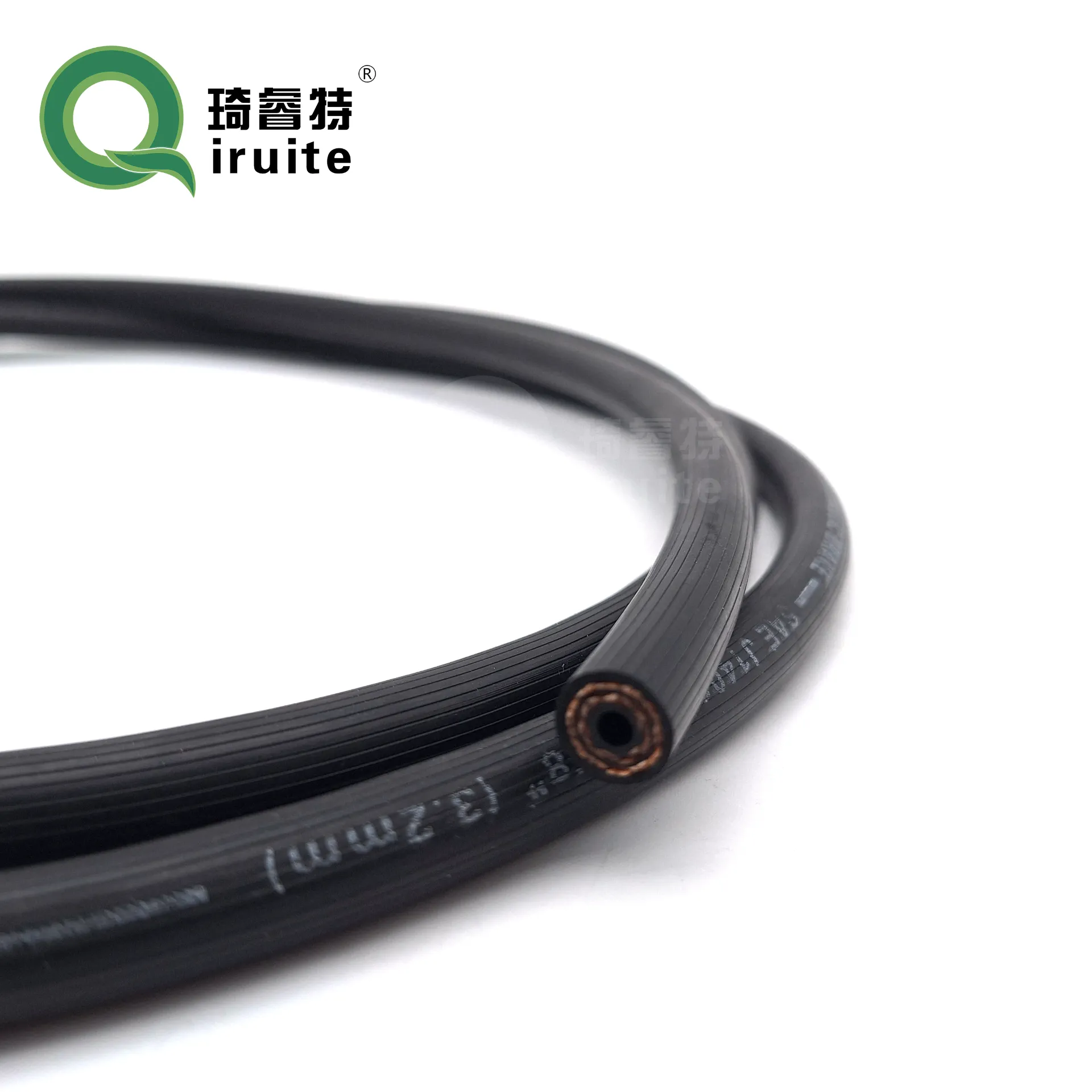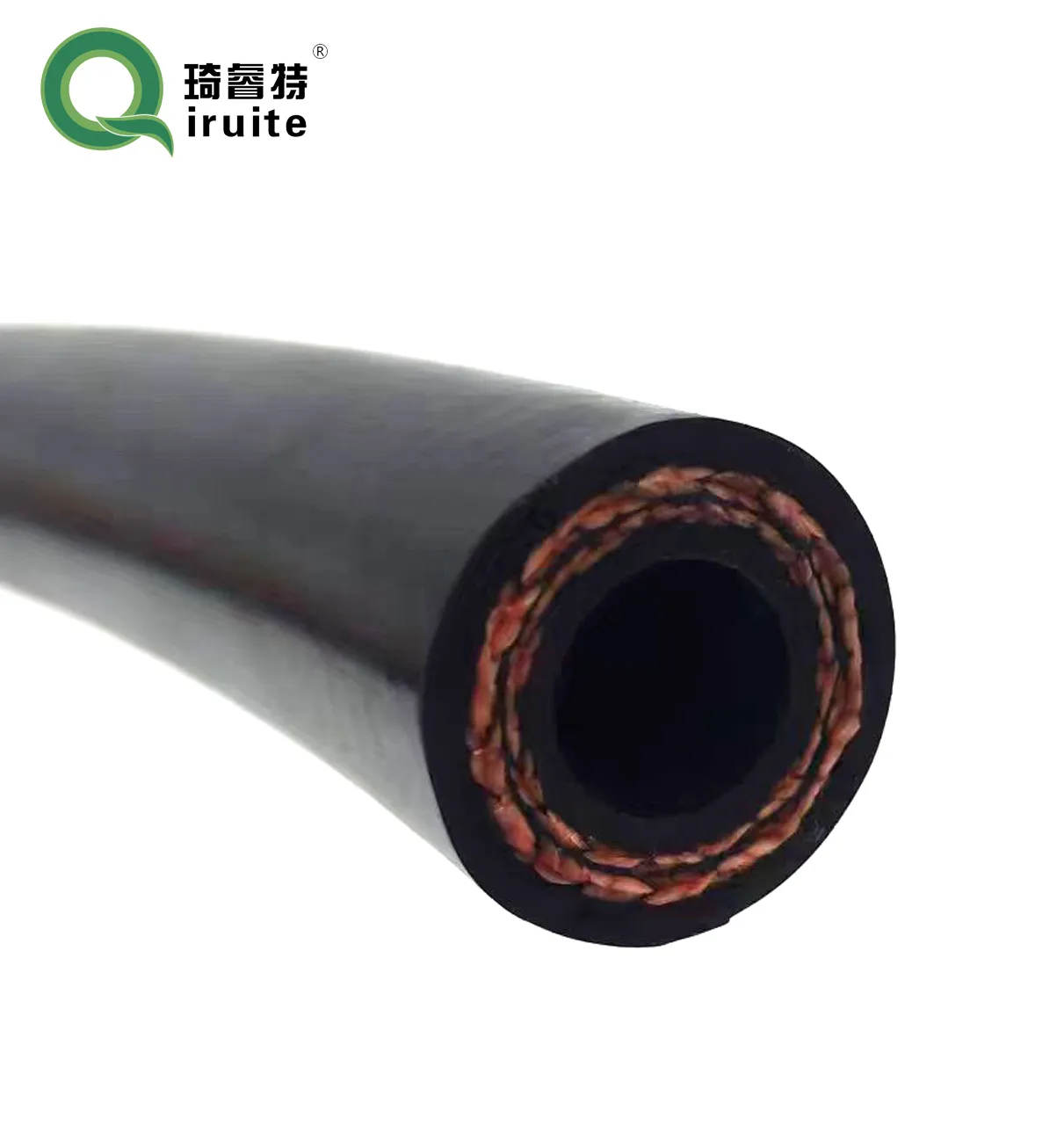air conditioning pipe
Air conditioning pipes play a pivotal role in the efficiency and functionality of any HVAC system
. Whether you're a seasoned technician or a first-time homeowner, understanding the intricacies of these pipes can provide a significant edge in ensuring optimal performance and longevity of your air conditioning unit.
First and foremost, it’s essential to recognize that air conditioning pipes are the veins of the HVAC system, responsible for transporting refrigerants that facilitate cooling. The efficacy of these pipes directly influences the overall operational capability of air conditioning units. Generally, these pipes are made from materials like copper, aluminum, or sometimes newer alloys, each bringing unique benefits and considerations in terms of thermal conductivity, strength, and susceptibility to corrosion.
Copper remains the standout choice for many systems due to its excellent thermal conductivity and durability. Professionals trust copper for its reliability and ease of installation, as it can be easily manipulated without compromising the integrity of the piping. However, the cost factor does make it an upfront consideration. Alternatives like aluminum offer a lighter option at a lower cost but typically require specialized skills during installation and maintenance due to its malleable nature.

The installation process of air conditioning pipes is crucial in preventing leaks and ensuring efficient heat exchange. It’s important that these pipes are sized correctly to the system’s specifications. An improperly sized pipe can lead to inefficiencies, causing the compressor to work harder, which elevates energy consumption and risks system wear. Proper installation also involves insulating these pipes effectively to prevent energy loss and condensation problems. This insulation is vital in maintaining energy efficiency and safeguarding against environmental impacts such as temperature variations.
air conditioning pipe
Expertise in the maintenance of air conditioning pipes can dramatically cut down long-term operational costs and extend the lifespan of the system. Routine inspections should be a standard practice, focusing on areas prone to leaks and wear, such as joints and bends. Professional maintenance will often include checking the pressure levels of the refrigerant, ensuring there are no blockages or build-ups within the piping system that could impede performance.
Given the technical nature of air conditioning pipework, it’s advised to rely on certified HVAC experts for installation and major repairs. Their authoritative knowledge ensures compliance with safety standards and optimizes the performance parameters set by manufacturers. A reputable expert will not only address immediate concerns but also provide detailed insights into future proofing your system against potential failures or inefficiencies.
Trustworthiness in product selection and professional advice is paramount. When choosing materials or an HVAC contractor, rely on verifiable reviews, certifications, and previous work portfolios to ascertain credibility. A transparent approach in both product claims and service guarantees instills confidence and sets a benchmark for quality and performance expectations.
In conclusion, air conditioning pipes may seem like a secondary consideration compared to the more prominent components of an HVAC system. Yet, their impact on efficiency, cost-effectiveness, and overall functionality is profound. By leaning on expertise, valuing maintenance, and prioritizing quality materials, one can ensure that their air conditioning setup functions optimally, channeling the benefits of technology into everyday comfort with minimal interruption and cost.
-
Ultimate Spiral Protection for Hoses & CablesNewsJun.26,2025
-
The Ultimate Quick-Connect Solutions for Every NeedNewsJun.26,2025
-
SAE J1401 Brake Hose: Reliable Choice for Safe BrakingNewsJun.26,2025
-
Reliable J2064 A/C Hoses for Real-World Cooling NeedsNewsJun.26,2025
-
Heavy-Duty Sewer Jetting Hoses Built to LastNewsJun.26,2025
-
Fix Power Steering Tube Leaks Fast – Durable & Affordable SolutionNewsJun.26,2025

